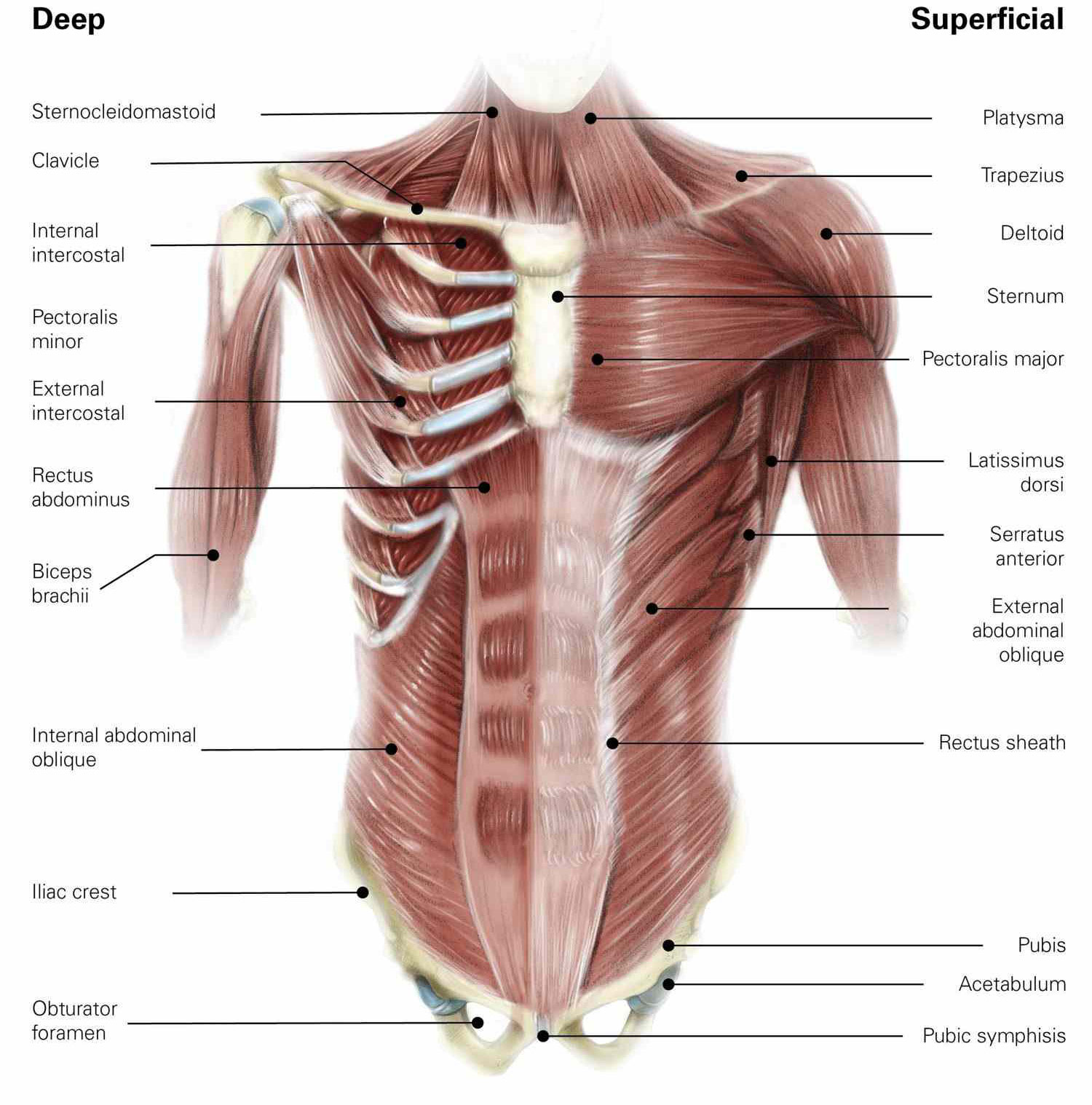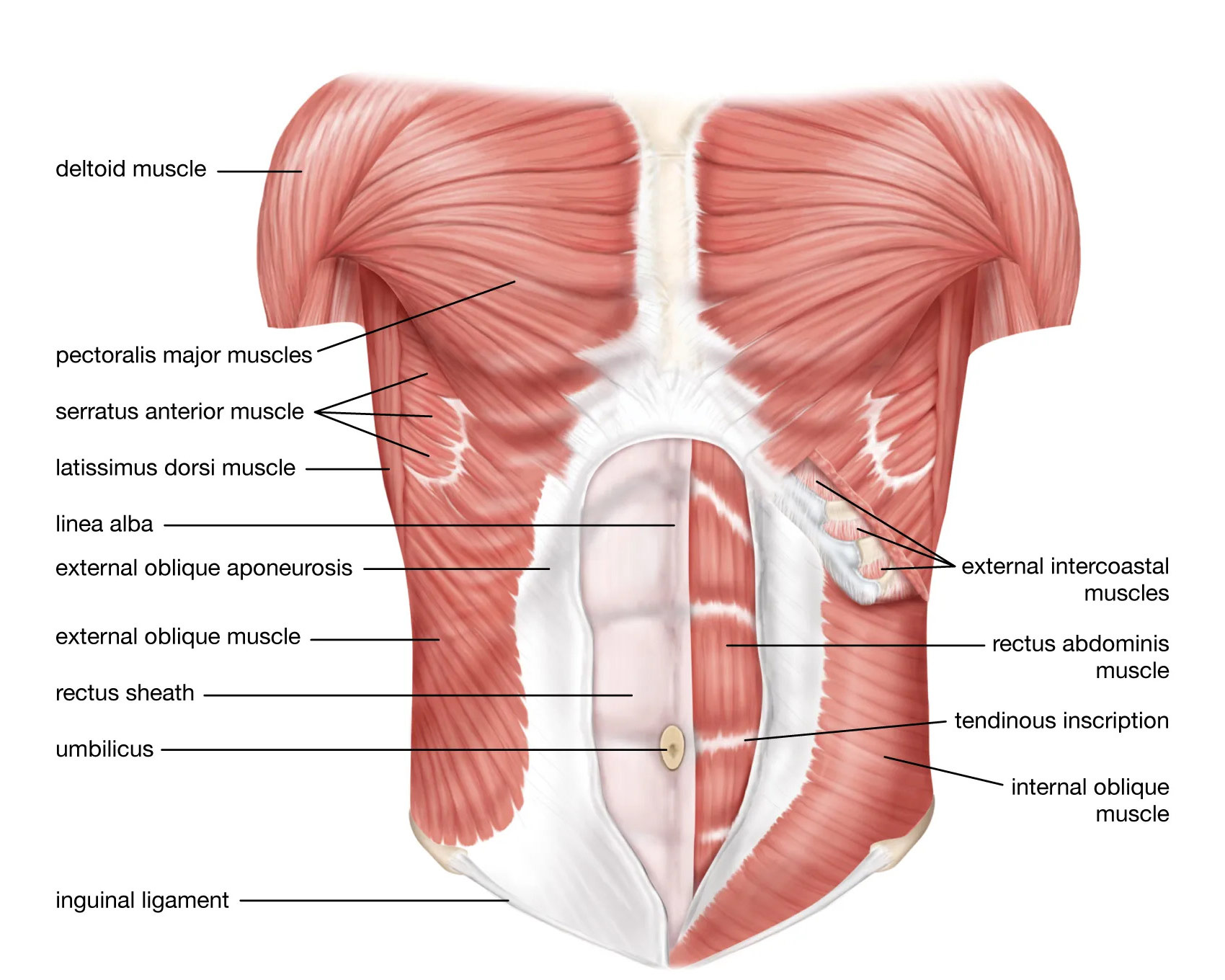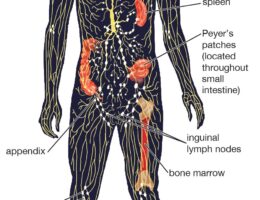The core muscles are a group of muscles that provide support and stability to the trunk and pelvis, helping to maintain good posture, protect the spine, and facilitate movement of the limbs. Here is a brief description of the labeled parts of the core muscles:
- Rectus abdominis: The long, vertical muscle that runs along the front of the abdomen, from the pubic bone to the sternum (breastbone).
- External oblique: The muscle that runs diagonally from the lower ribs to the iliac crest (hip bone), forming the outermost layer of the abdominal wall.
- Internal oblique: The muscle that runs diagonally in the opposite direction to the external oblique, from the iliac crest to the lower ribs.
- Transverse abdominis: The deepest layer of abdominal muscles, which runs horizontally across the abdomen, providing stability to the trunk.
- Erector spinae: A group of muscles that run along the back of the spine, from the sacrum to the skull, helping to maintain posture and support the spine.
- Multifidus: A deep muscle that runs along the length of the spine, helping to maintain good posture and control movement of the spine.
- Quadratus lumborum: A muscle located in the lower back, between the ribs and the pelvis, which helps to stabilize the spine and maintain posture.
- Pelvic floor muscles: A group of muscles located in the pelvis, which support the pelvic organs and help to control bowel and bladder function.
These are the main labeled parts of the core muscles. Strengthening these muscles can help to improve posture, reduce the risk of back pain and injury, and enhance athletic performance.




